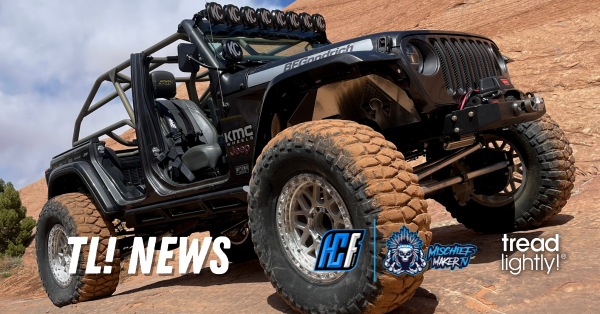Making Do with the Old Bow and Arrow
By Glen Wunderlich
Outdoor Columnist
Member Professional Outdoor Media Association
Years ago, I worked with a gentleman from Scotland who once remarked that if he were wealthy, he would hire someone to break in new shoes for him. I, too, have my own wealthy bucket list: I’d get someone to fetch arrows for me after I fling them downrange. Kids would be good for that, but I’m fresh out of them now. A Labrador retriever might work, but bent up arrows would be as useful as Barack Obama’s lecturing about the virtues of green jobs to coal miners in West Virginia.
I’ve never been one to practice with my bow for months before the season – in a large measure because of my aversion to retrieving arrows. But, it’s more than that. My bow is an ancient PSE Fireflight – the only one I’ve ever owned. I pull it out of the case every year, nock an arrow and take pleasure in its accuracy without any tweaking whatsoever. At a mere 57 pounds draw weight, it’s smooth, easy, and predictable.
But that was then. No, I didn’t splurge on a crossbow, although I’ve given it careful consideration. For many years I have used an electronic transmitter in the arrow shaft, when coupled with its receiver, permits me to locate my arrows, which are designed to remain in game by means of a penetration limiting design. The trouble is that the system appears to be obsolete, which means when the battery-powered transmitter finally dies, so does the whole concept. So, rather than wait for the inevitable, I have chosen to revert to more conventional methods of game recovery: watching, trailing, and a good hound dog.
One of the disadvantages of having a transmitter in the arrow shaft has been its weight of 65 grains. Even with the lightest of broadheads at 75 grains, my arrows have been quite heavy and slow.
It was time for an experiment to see if I could flatten trajectory a bit. I wondered how much speed I would gain by eliminating the transmitter and going with only a 75-grain tip. I set up a chronograph to measure arrow speed and found that the 140-grain model was poking along at 193 feet-per-second (fps.) I swapped tips and gained a whopping 10 fps. I was hoping for much more but without increasing draw weight or going against my innate cheapness and moving up to carbon arrows, I’d have to settle for my new reality.
But statistics are just that. Statistics. I had to determine what the extra speed and lighter shafts would mean at the range. So, I set up three arrows with 140-grain practice points and three with 75-grainers. Without moving my sight pins, I shot the heavy ones first. As usual, they were on the mark at 20 yards; the lighter ones were several inches higher, as anticipated.
Moving back to 25 yards, the difference became more evident, and at 30 yards about six inches of elevation drop was eliminated with the “speedy” models. No doubt I was on to something but it will take some tweaking and practice to get acquainted with my new, old bow. Anybody have any ambitious kids with time on their hands?








